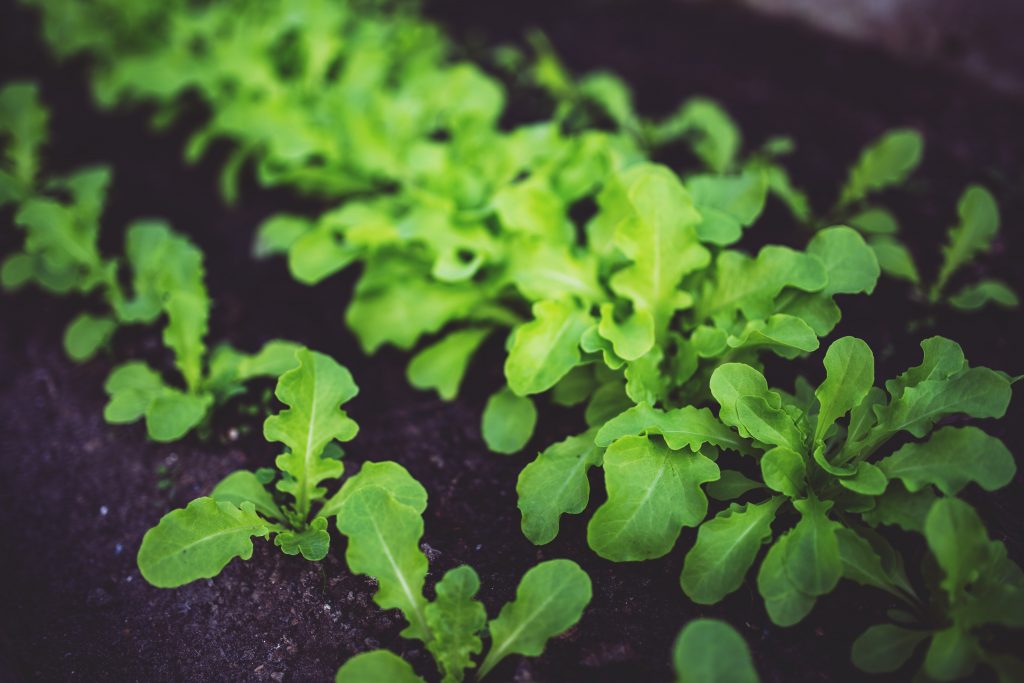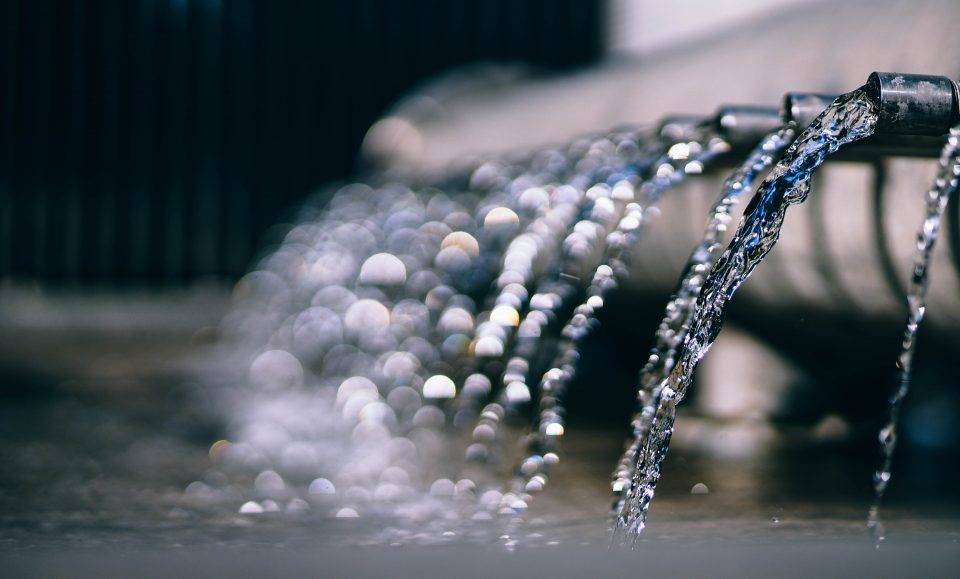Water preservation outside your home, in the front yard or in any garden leads to financial preservation. Here is the way to practice gardening water conservation at the same time as having a stunning yard.
Saving water in your backyard and lawn trims your water bill and conserves an increasingly scarce all-natural resource.

A water-efficient and friendly landscape may:
- Decrease water usage outside by up to half of the total number
- Save up to 1000 litres every twelve months
- Cut a percentage off of each of your monthly water bills
Although, if expenses seem to stay the same or even increase, do not hesitate in contacting a blocked drain plumber to see if there is an obstruction leading to an ongoing leaking problem.
Planting drought-tolerant landscaping is a single method to switch off the spigot on your own garden. Here are additional tips for conserving water when growing an abundance of floristry.
1. Choose Plants That are Native.
Native plants have been given quite a long time to adapt to the region’s normal rain, soil, and climate. Once established, they need little if any watering. Begin your research on indigenous plants in the region combined extension or botanical garden, maybe take pictures and contact your local florist or gardening expert for advice.
Many sites can help you discover the best species suited to your location.
2. Do not Supersize Plants.
Prior to buying, do your research in the library or online on how tall and broad mature shrubs will rise. A Leyland Cypress, for example, could increase to 20 ft in a couple of decades, this could be considered overkill in the event that you simply require a 5-foot hedge.
In addition, don’t overcrowd crops: Follow tag planting directions. Fewer plants need less water. And flora which seems sparse initially will fill the region after a couple of seasons of growth and nurturing.
3. Pile on the Compost.
Mulching around plants is an excellent method to decrease water loss. Mulch also cuts down water-stealing weeds.
These organic mulches slowly break down and add nutrients to your ground.
Inorganic materials, for example, landscaping paper, stones, and pebbles are a more durable alternative, even though they may heat up a lot in certain ponds or bodies of water.
4. Make Avenues Porous.
Garden paths made from porous substance allow rainwater to seep into the floor and nourish plant origins, not run off to the road. Use solid items such as stones or rocks to fill space in, you may see weeds growing through any gaps but your best way to avoid that is by laying down newspaper before you place the stones or rocks in.
5. Reduce the yard.
A green yard is a suburban method that intakes over 20,000 gallons of water every year. You may opt to select out of a variety of slimline rainwater tanks to make sure the water that is being used is of top quality for a green yard. Thankfully, rainwater tank prices are quite cost friendly so that the decision will be beneficial to your wallet.
You are able to continue to keep those trendy blades below your toes and help you save water by planting drought-resistant types.
Keep the grass of your backyard long to colour roots and retard evaporation.
6. Place Thirsty Plants Collectively in One Area
To conserve water, group plants into watering zones. Contact a plumber to help reline drains in your backyard to make for the best watering zones.
Set the thirstiest plants close to the home where they are able to drink roof runoff or straight from your rainwater tank.
Farther outside, create a transition zone for crops which need supplemental trickle irrigation.
7. Plant and Water if it is Recommended
New plants and transplants need much less water in the event that you set them in the ground in early autumn or early spring (if the weather is cooler). By summer, they will have created a deep, healthful root system which requires less watering.
Resist watering in the evening; moist foliage throughout the nighttime promotes fungus and mould growth.
8. Construct a Berm.
Trees and shrubs need more water through their first two or three years to assist roots so they can take hold. Create the berm the diameter of your tree and it’s branches.
Use a hose to fill out the donut dam all the way. Water will absorb gradually rather than running off.
A donut dam resembles a plastic flotation tubing and releases water gradually over a few hours.
9. Stick to the sun.
Before you plant, make sure you understand exactly how long the sun bathes your backyard. Determine patterns of colour and sunlight.
Utilise dry-soil plants in bright places, and use plants that need more water from shady areas where evaporation is slower.
10. Vision of Hydration
A fantastic way to conserve water in the backyard would be to catch rainwater from the roof in a rain barrel. Throughout moderate rain, a 25-by-40-foot roof may discard 600 gallons per hour.
Additionally, use rainwater to fill water attributes, which calm your nerves and attract butterflies and birds. Utilise a recirculating pump to maintain the water flowing and replace evaporation by means of your rain barrel distribution.



